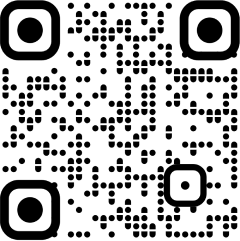
Delhi Technological University (DTU) has conducted research on vehicle pollution by testing over 2,000 private diesel and petrol vehicles and has recommended incorporating of a car’s mileage and maintenance with its overall emission health.
The study stated that during the maintenance of cars, three major emissions — CO (carbon monoxide), HC (hydrocarbon) and SE (smoke emission) — should be mapped and controlled. this should be part of checking the maintenance of a car and its mileage as per the updated and latest emission standards to control vehicular pollution.
It also recommended an exhaust emission index (EEI) to assess the health of a car based on the emissions through the tailpipe and maintain it accordingly.
The research study was conducted by a team headed by Rajeev Kumar Mishra, assistant professor at the department of environmental engineering, DTU, with Abhinav Pandey, a former PhD student of DTU, and Govind Pandey of Madan Mohan Malaviya University of Technology, Gorakhpur.
Mishra emphasised the finding that in-use emission norms like BS-IV or BS-VI and the maintenance status of cars have a direct relationship with tailpipe emission parameters.
He pointed out issues like the leniency of the applicable emission norms. “The study asserted that the current emission norms must be more stringent. For this, PUC certifications have to be updated. There must be load emission testing, mileage consideration and maintenance of the vehicle tested. Besides, many people don’t even know what to do if their vehicles are polluting, so there is an exhaust emission index (EEI), just like AQI, which would suggest the current level of emissions of the car and what must be done with it,” Mishra said.
Co-researcher Pandey pointed out that the more lenient range of CO and HC concentration standards allow vehicles to pass through PUC certification and keep plying even though it may be compliant just by a decimal fraction of percentage concentration for HC and CO emissions.
“The leniency in PUC (in-use) certification norms is drawing criticism and should be improved for stringency. Currently, the tailpipe emission is in decimal fractions, but the PUC system has a wider spectrum of standards, so they allow cars to ply even though they could still be harmful to the environment. Out of 2,040 cars we tested, 80% were compliant with BS standards. This (leniency) is dangerous for the environment given current scenario,” Pandey said.

